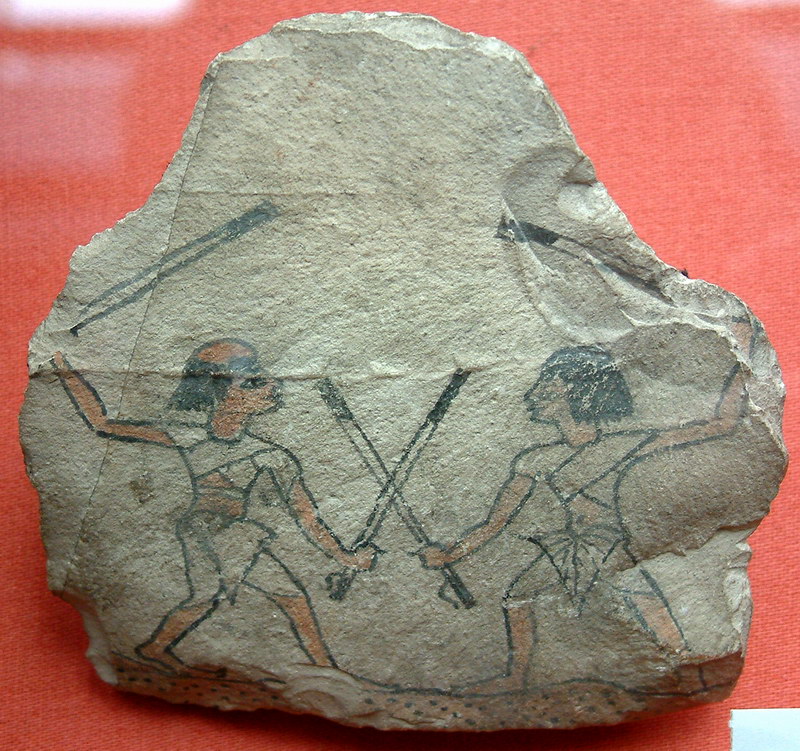Active Ageing on:
[Wikipedia]
[Google]
[Amazon]
Active ageing (active aging in the US) is a concept recently deployed by the 
European Commission
The European Commission (EC) is the executive of the European Union (EU). It operates as a cabinet government, with 27 members of the Commission (informally known as "Commissioners") headed by a President. It includes an administrative body ...
, the World Health Organization
The World Health Organization (WHO) is a specialized agency of the United Nations responsible for international public health. The WHO Constitution states its main objective as "the attainment by all peoples of the highest possible level o ...
, and used also in Human Resource Management
Humans (''Homo sapiens'') are the most abundant and widespread species of primate, characterized by bipedalism and exceptional cognitive skills due to a large and complex brain. This has enabled the development of advanced tools, cultur ...
. This concept evokes the idea of longer activity, with a higher retirement age and working practices adapted to the age of the employee. It also extends to the social engagement of the elderly in the collectivity.

Demographic changes
Europeans demography shifts towards an elder population with lowerbirth rates
The birth rate for a given period is the total number of live human births per 1,000 population divided by the length of the period in years. The number of live births is normally taken from a universal registration system for births; populati ...
. This will have repercussions on the European economy as less and less active people will support the social costs of health-care and pension of those who stopped working.
The EU-Commission has fixed 2 targets for 2010:
# The Stockholm targets of 2001, which intend to reach 50% higher employment of elder people between 55 and 64.
# The Barcelona targets of 2002, which intend to progressively augment of 5 years the age of retirement in order to prolong the professional life of elder people.
Theoretical background
The concept of active ageing was originally inspired by the work of Robert Havighurst onactivity theory
Activity theory (AT; russian: link=no, Теория деятельности) is an umbrella term for a line of eclectic social-sciences theories and research with its roots in the Soviet psychological activity theory pioneered by Sergei Rubinst ...
, according to which elders' well-being relies on them staying active in later life; from this point of view, staying active is key to successfully ageing.
Current understandings
At the end of the 20th century organizations such as the OECD and the International Labour Organization used the concept to address the challenges faced by the labour market: lengthening of retirement, maintaining the elderly in employment, etc. In 2002 the World Health Organization (WHO) gave a new twist to the concept by emphasising the prevention of health problems. A number ofICT
ICT may refer to:
Sciences and technology
* Information and communications technology
* Image Constraint Token, in video processing
* Immunochromatographic test, a rapid immunoassay used to detect diseases such as anthrax
* In-circuit test, in ...
platforms are in the process of being developed. The concept was then extended to elders being engaged in their communities (e.g. through volunteering) and their family. From this point of view an elder should optimize his or her health in order to benefit his or her own life as much as enrich the collectivity. Critics condemn the normativity of this model as "successfully" ageing in which elders have to stay active and be involved in activities recognized as beneficial without taking into account their heterogeneous life courses.Stephen Katz (2013). Active and Successful Aging. Lifestyle as a Gerontological Idea, Recherches sociologiques et anthropologiques 44(1): 33-49
Notes and references
{{reflist * Workforce Ageing